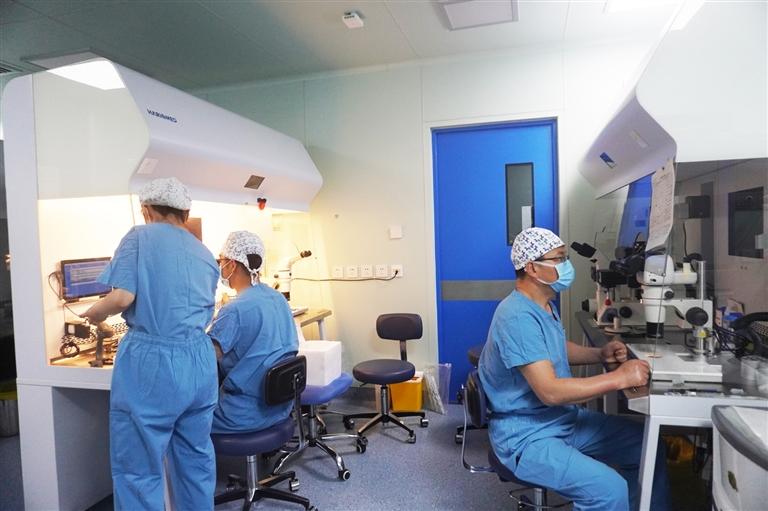
CHINA’S eastern Anhui Province and northern Hebei Province have become the latest Chinese provincial-level regions to include assisted reproductive services into their medical insurance schemes, as part of the nation’s drive to counter a dwindling population. Effective on Aug. 1, the new policies mean that the total number of provincial-level regions that offer this benefit will add up to 14, also including Guangxi Zhuang Autonomous Region, Inner Mongolia Autonomous Region, Xinjiang Uyghur Autonomous Region, Shanghai, as well as Gansu, Zhejiang, Jiangxi, Shandong, Qinghai, Jiangsu and Jilin provinces. Beijing, the Chinese capital, was the first city to include fertility treatments in its medical insurance scheme in July 2022. Other provinces, such as Guangdong, are actively considering following suit, according to yicai.com. Eight fertility treatments, including egg retrieval and in vitro fertilization, will be covered by Anhui’s medical insurance scheme starting Aug. 1. Four of the eight treatments will be fully covered while expenses occurring from the rest four will be covered by 90%. This is expected to reduce medical expenses for all infertile couples in the province by around 200 million yuan (US$27.5 million) a year, the Healthcare Security Administration of Anhui Province was quoted by the Securities Times as saying Wednesday. Hebei Province also announced that it will include eight assisted reproductive services in its basic medical insurance and the work injury insurance fund starting August, with 90% of the expenses covered by the scheme. Covering fertility treatments in medical insurance will help infertile couples have children by reducing their financial burden as the cost of such treatments is high. The policy is an important way of building a pro-birth society, said Jin Niu, a graduate advisor at the School of Public Finance and Administration of Tianjin University of Finance and Economics, as quoted by yicai.com. Since assisted reproductive services started to be included in the Guangxi medical insurance scheme last November, the number of people seeking fertility treatments has increased dramatically. As of the end of May, visits to assisted reproductive centers in the region had jumped 14.7% from a year earlier to 993,700, according to the Guangxi Zhuang Autonomous Region Human Assisted Reproductive Technology Management Center, the Securities Times reported. The infertility rate in China climbed to 18% in 2020 from 12% in 2007, according to joint research by The Lancet and Beijing’s medical authorities. Faced with a graying population, China scrapped the one-child policy in 2016 and replaced it with a pro-birth policy in 2021, allowing couples to have up to three children. But this has failed to spur the birthrate and the country’s population has shrunk for the past two years. Last year, the population decreased by 2.08 million people from a year earlier and the birth rate contracted to 6.39 per thousand from 6.77 per thousand. Despite the facilitating policies, companies listed in the Chinese mainland markets offering assisted reproductive services have performed poorly so far, with an index tracing firms in the sector plunging 36.85% as of Tuesday since the beginning of this year, the Securities Times said. (SD News) | 
